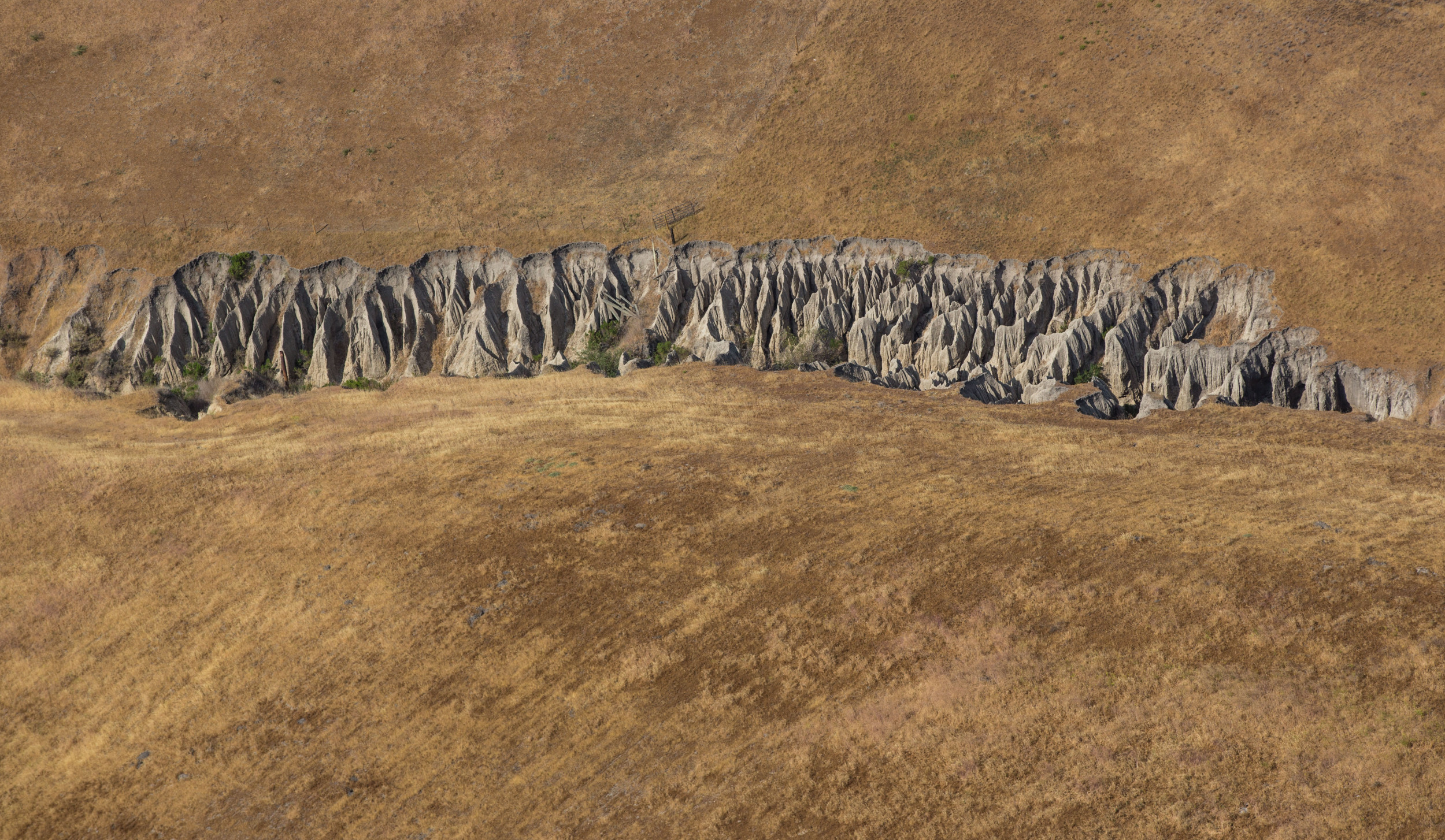- cross-posted to:
- [email protected]
- cross-posted to:
- [email protected]
Summary
Grocery prices are expected to rise globally as soil degradation, driven by overfarming, deforestation, and climate change, reduces farmland productivity.
The UN estimates 33% of the world’s soils are degraded, with 90% at risk by 2050. Poor soil forces farmers to use costly fertilizers or abandon fields, raising prices for staples like bread, vegetables, and meat.
Experts advocate for sustainable practices like regenerative agriculture, cover cropping, and reduced tillage to restore soil health.
Innovations and government subsidies could mitigate impacts, but immediate action is critical to ensure food security.



Irrigated and/or protected culture… Protected culture for the crops that make sense. Irrigated in for all others.
We farm the way we do because historically we go through periods of innovation then stagnation. When the way we farm no longer works and we either rapidly innovate again or the civilization flounders and dies due to famine and war.
“Enormously expensive,” it’s all in perspective. It’s damn cheap compared to the cost of the environmental damage we are currently doing. FYI The equipment and technology already exist to do it as well.
Irrigated? That seems incredibly water intensive.
How do you farm crops like wheat and corn that way?
Agriculture is water intensive. The more land we use, the more water we need. Whether from the sky or from a irrigation canal, it’s still water used to grow crops not native environments. Reducing our land footprint reduces our total water usage. That’s what matters, not the per hectare usage.
Corn and wheat - just irrigating itincreases the average yield by 2x to 10x depending on the region.
If you’ve never been in a 50 hectare greenhouse it’s hard to imagine (they are 12-15m tall). These greenhouses are all in soil as well. The larger a greenhouse is the more efficient it is as maintaining temperature. You can get 2-3 cycles per year in them depending on light levels. So the yields are irrigated + 50% per cycle and 2-3 cycles per year instead of 1 cycle. Supplemental lighting can push it to a solid 3 cycles.
If it really is as perfect as you say, it sounds way more profitable.
Not sure capitalism is the issue at play here.